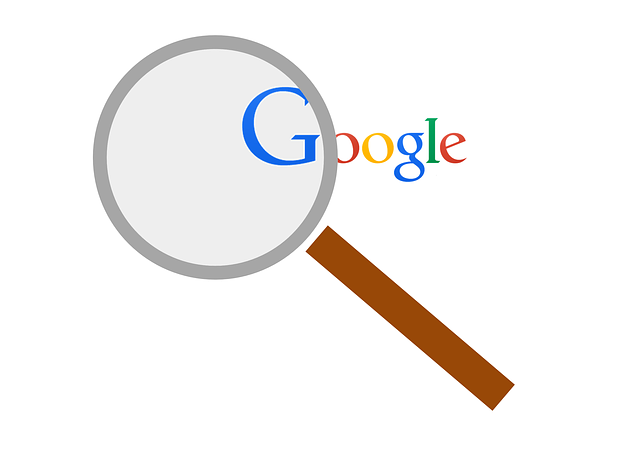
Google’s website ranking algorithm is quite dynamic, with numerous updates since the past years that have re-defined conventional SEO and website development strategies. Recently, Google has announced that it would also add Page Experience as a significant factor for determining the SERP (Search Engine Ranking Potential) of a page. The last update that Google had made on the usability analysis of a page was when it added mobile-friendliness as a ranking factor. Let us have a look at the quick takeaways from this update so that you can revamp your website development strategy to suit this future update.
Top inclusions in Google’s future update Google’s upcoming updates are mostly centered on its recent launch “Core Web Vitals”, which focuses on page loading speed, mobile-friendliness amongst other features. The idea is to completely include the user’s experience on the web page as a major criterion for ranking. The update would combine data from core web vitals-along with includes mobile-friendliness, safe-browsing, HTTPS security, and intrusive interstitial (Pop-Up Ads) guidelines that would help users easily locate information within a page.
Important factors from Core Web Vitals:
-
- Core web vitals measure web usability and its associated factors. Important factors would be load time, interactivity, and content stability as it loads. This gives an determination of the true usability of the web page to an end-user.
- Largest Contentful Paint (LCP) measures the time in the content loading when the largest content on the web page has completely loaded. The suggested time for LCP is 2.5 seconds, with a buffer till 4 seconds for borderline speed, and anything beyond that needs improvement.
- First Input Delay (FID)is a measure of the responsiveness of the page and determines the experience users have when they first try interacting with the web elements. The suggested time is 100ms, with a borderline till 300ms, and anything beyond that needs improvement.
- Cumulative Shift Layout (CSL) is a measure of the visual stability of a page, and determines the amount of unexpected layout shift while rendering the website.
How can Exinent help?
If you are interested to start selling online during COVID 19, we at Exinent are here to help. We have been into eCommerce development and support services for the past decade and have hundreds of delightful clients who have taken advantage of our custom eCommerce website development service. We focus on creating online success stories with a robust, secure, scalable, and customized online shopping platform that would help you get customers across various online platforms to your store. Feel free to Contact Us; now is the time for your business to get online and noticed!
- First Contentful Paint (FCP) is a measure of when the first visible content on the page would be visible to the users. This is an important metric for user engagement.
- Time to First Byte (TTFB) is the time taken for the user to receive the first byte of the content.
The upcoming update from Google would focus more on the usability, speed, and user experience on the website. This would cause a heavy change in the existing rankings of websites, as these are factors that are often overlooked while maintaining a heavy focus on SEO. A study shows that less than 15% of websites are completely compliant with Core Web Vitals. The update is expected to be rolled out from next year, possibly in May, so you would still have time to focus on using Core Web Vitals to revamp your website and make it compliant.
